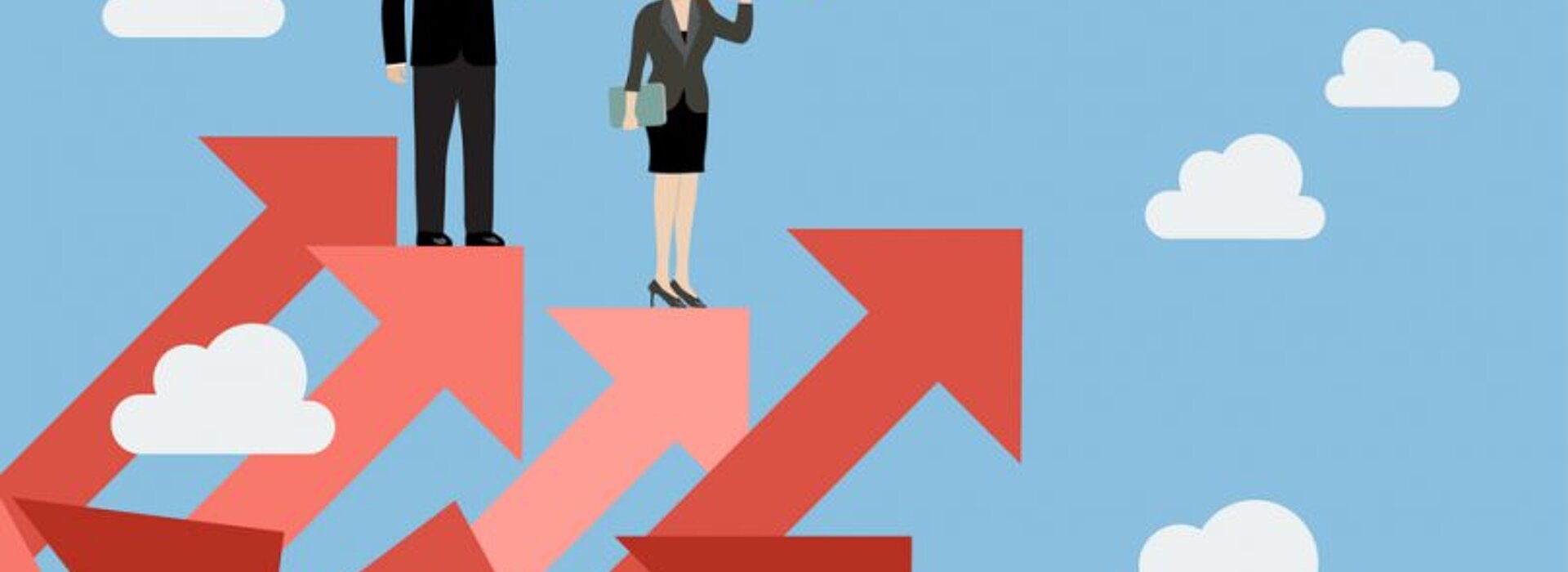From the perspective of organizational behavior studies, the performance of a work group is commonly correlated with the leadership style adopted. Among the taxonomic proposals that identify leadership styles characteristic of organizations, there are three alternative types: autocratic, democratic and liberal leadership.
Autocracy applies to conditions where it is necessary for the leader to determine rules and objectives by charging, demanding, and punishing his subordinates so that organizational goals are achieved. Democratic leadership is indicated when the group formed by leader and led achieves better results when decisions are shared. The liberal, known as laissez-faire, is the most effective when the behavior of the group produces better results if the leader delegates the decisions to the leaders and is limited to exercising control over the results, not the means used to achieve them them. It seems evident that the success of liberal leadership demands that people and organization have sufficient maturity in interpersonal relationships, an efficient communication process, and empowered decision makers.
In 1939, researchers at the University of Iowa examined positive and negative aspects observed in the practice of each of the three styles. As the liberal and the democratic presume the predominance of behavioral stimuli to reach objectives, as opposed to the preponderant action of supervision of the leader over the ones led, it was assumed that productivity would be lower without the continuous supervision of the leaders in the execution of the tasks, so that the autocratic style would lead to better results than the others. It is worth remembering that the economic scenario of that time reflected the great depression that culminated with the fall of the Stock Exchange of New York in 1929, and that persisted throughout the decade of 1930, ending only with World War II. Being an employee was, then, a privilege that the worker sought, as a priority.
Even today, however, there are still business activities where the relations of authority in work groups are based on the autocratic style. Supposedly, workers who undergo such a system of action settle and produce much more when threatened with punishment than when encouraged to collaborate. Cultural traits like these are found in countless companies well-regarded by market agents, with recognized success in business.
Thinking about future trends, however, it is noticed that the labor market counts on individuals increasingly independent and prepared to discern between right and wrong and to assume shared responsibility in search of reaching organizational goals, enabling the practice of horizontal leadership, with interaction, and mechanisms in which all are heard. One well-known example is Google, the company considered to be adapted to this new era, with an innovative way of being. Freedom of hours, offices equipped with games, environments for rest, pets allowed in the workplace, are typical in the company, where everyone has access to issues that are being treated, and can give their opinion when they so wish.
Even with this freedom, the leader is held responsible for meeting goals, acting as a guide to directing the work of the team. Freedom does not mean that there is no charge, demanding that the leader be able to engage his or her people so that everyone strives to do the best job possible. It should demonstrate confidence in the ability of employees, give them the autonomy to work independently, perform tasks with minimal guidance, making sure that the results of work at all levels are satisfactory to organizational performance. It is, therefore, a preponderant condition for the full and efficient application of liberal leadership, that the organization has a culture with a high level of maturity.
Within the organizations, it is worth giving the best results. Leadership styles are means for them to materialize. The importance attributed to the well-being of the employees does not overlap with that of the economic-financial viability and the profitability of the business, but the tendency is that the more they reconcile both aspects, the greater the development potential of an organization, both in quantitative terms and qualitative aspects of their behavior.
Transposing this situation to larger social groups, it is appropriate to propose a reflection on the tendency of the public administration. In order to work for the rights and interests of the citizens it administers, it can be designed according to the responses of its actions.
The predominance of acts of an authoritarian and regulatory character on the part of the State reveals a general culture of society whose maturity has not yet proved sufficient for full liberalism to prevail. Like the success of organizations that have adopted liberal styles of leadership, it is up to the political leadership to seek the development of nations that govern by building and shaping cultures that provide better results with greater freedom of action from the social agents led.
![Instituto Presbiteriano Mackenzie [Instituto Presbiteriano Mackenzie]](/fileadmin/CONFIGURACOES/DEFAULT_21/Resources/Public/Template/img/logo/mackenzie_w.svg)
